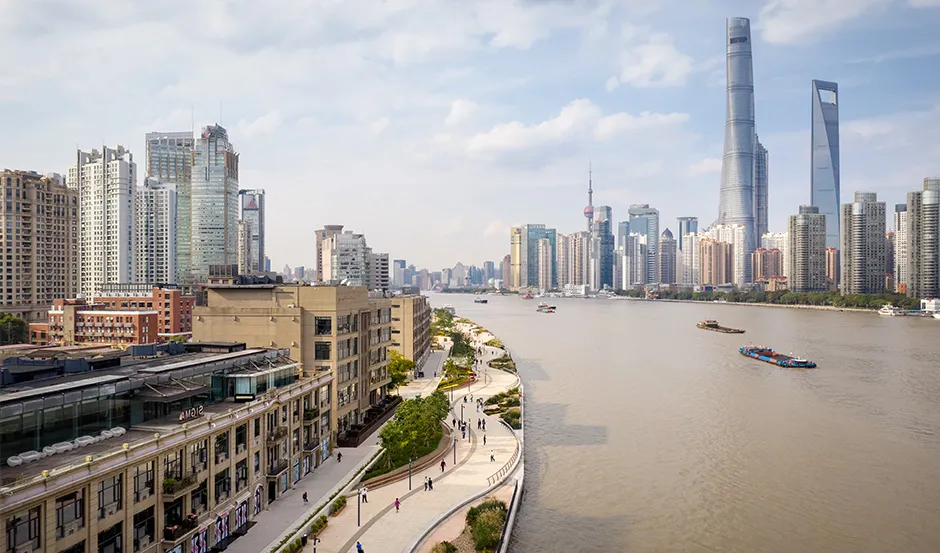The Bund, a famous waterfront area in central Shanghai, is a must-visit for anyone interested in the city’s rich history and stunning architecture. Stretching along the western bank of the Huangpu River, the Bund offers a unique blend of historical charm and modern vibrancy. This guide will help you explore the Bund’s historical significance, architectural wonders, and the best ways to experience this iconic destination.
Historical Significance of the Bund
The Bund’s history dates back to the late 19th and early 20th centuries when it became a hub for international trade and finance. During this period, Shanghai was a bustling port city, attracting merchants and bankers from around the world. The Bund was the epicenter of this economic boom, with numerous foreign banks, trading houses, and consulates establishing their presence along the waterfront.
The architecture of the Bund reflects this cosmopolitan past, with buildings showcasing a mix of styles, including Gothic, Baroque, and Art Deco. These structures were built by various countries, each leaving its mark on the city’s skyline. Walking along the Bund, you can almost feel the echoes of history, as these grand buildings tell the story of Shanghai’s transformation into a global metropolis.
Architectural Marvels Along the Bund
One of the main attractions of the Bund is its stunning architecture. The waterfront is lined with 52 historical buildings, each with its own unique design and story. Some of the most notable structures include:
- The Customs House: Built in 1927, this building is famous for its clock tower, which resembles London’s Big Ben. The Customs House played a crucial role in Shanghai’s trade history, collecting tariffs and duties from ships entering the port.
- The Peace Hotel: Originally known as the Cathay Hotel, this Art Deco masterpiece opened in 1929. It was once the tallest building in Shanghai and hosted numerous celebrities and dignitaries. Today, it remains a luxurious hotel, offering visitors a glimpse into the opulence of the past.
- The HSBC Building: Completed in 1923, this neoclassical building was once the headquarters of the Hongkong and Shanghai Banking Corporation. Its grand interior features a stunning mosaic ceiling and marble columns, reflecting the wealth and power of the banking industry during that era.
These architectural marvels are best appreciated on foot, allowing you to take in the intricate details and craftsmanship that went into their construction. Guided walking tours are available, providing insights into the history and significance of each building.
Experiencing the Bund Today
While the Bund is steeped in history, it is also a vibrant part of modern Shanghai. The waterfront promenade is a popular spot for both locals and tourists, offering breathtaking views of the Pudong skyline across the river. The contrast between the historical buildings of the Bund and the futuristic skyscrapers of Pudong is a testament to Shanghai’s dynamic evolution.
To fully experience the Bund, consider visiting at different times of the day. In the morning, the area is peaceful and less crowded, making it ideal for a leisurely stroll. As the sun sets, the Bund comes alive with lights, creating a magical atmosphere. The illuminated buildings and the shimmering reflection on the river make for a perfect photo opportunity.
For a unique perspective, take a river cruise along the Huangpu River. These cruises offer panoramic views of both the Bund and Pudong, providing a comprehensive look at Shanghai’s past and present. Additionally, the Bund is home to several museums and galleries, such as the Shanghai History Museum, where you can delve deeper into the city’s fascinating history.
